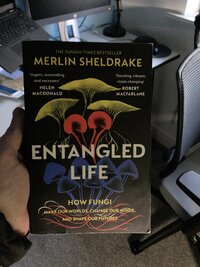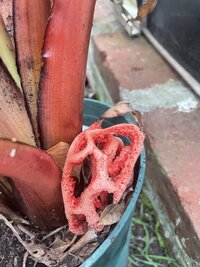Me out yesterday, in the woods near my house.
I should move to Eastleigh, can you adopt me?

Looks you have abundance of honey mushrooms there - at least this is what it looks like on 1st (it could be also undeveloped Pholiota squarrosa, known as the shaggy scalycap), 3rd and 5th img - not 100% sure without seeing gills, collars, smelling etc. and honey mushrooms are very very variable like... anubias or buces.
On the 2nd img it's a sulphur tuft and on the 4th one I can see a real treat - Macrolepiota procera or the parasol mushroom (young ones can be mistaken with Shaggy parasol /Chlorophyllum rhacodes which can give some gastric sensations to some people - although not very common).
Blushing amanita, or rubescens, so tasty and seldom collected because of the terrible mix up that can be made with amanita pantherina...
I find blushers as ones of the most underrated mushrooms when it comes to foraging etc. - they are very very tasty, especially the ones at early stage of growth. Fortunately pantherinas which are quite similar are not the deadly ones, in fact they are just contain much more ibotenic acid and muscimol than amanita muscaria (fly agaric) so when eaten can lead to some unsuspected hallucinogenic sensations. And their taste is rather unpleasant (mixture of raw potatoes with kind of untasty radish). Also blushers are quite easy to tell from the panterinas - when scratched, broken etc they just blush to reddish colour after an hour or so while pantherinas usually stay white-ish. Apart from that blushers have some kind of smooth bulb at the bottom of the stipe, while pantherinas bulb forms some kind of socket.
I’m enjoying this at the moment. I recommend
Thanks for another one to go on my list, and this is one of my favorites so far:
But enough for theory, this is what I've found some time ago:
This tiny beauty - tremella mesenterica known commonly as a Witches' butter
Clathrus archeri known as devil's finger - it smells absolutely "fantastic" - literally like rotten meat which attracts lots of flies - they very likely spread its spores around the area and it's yet another wonder of nature to me.








